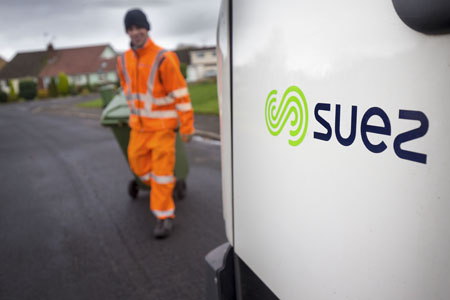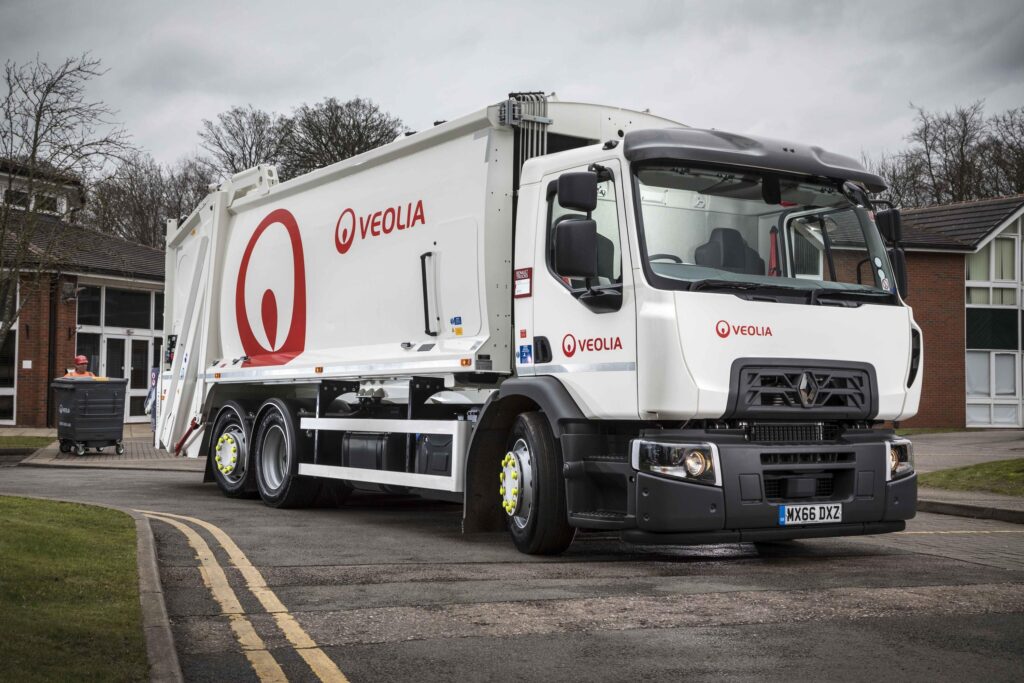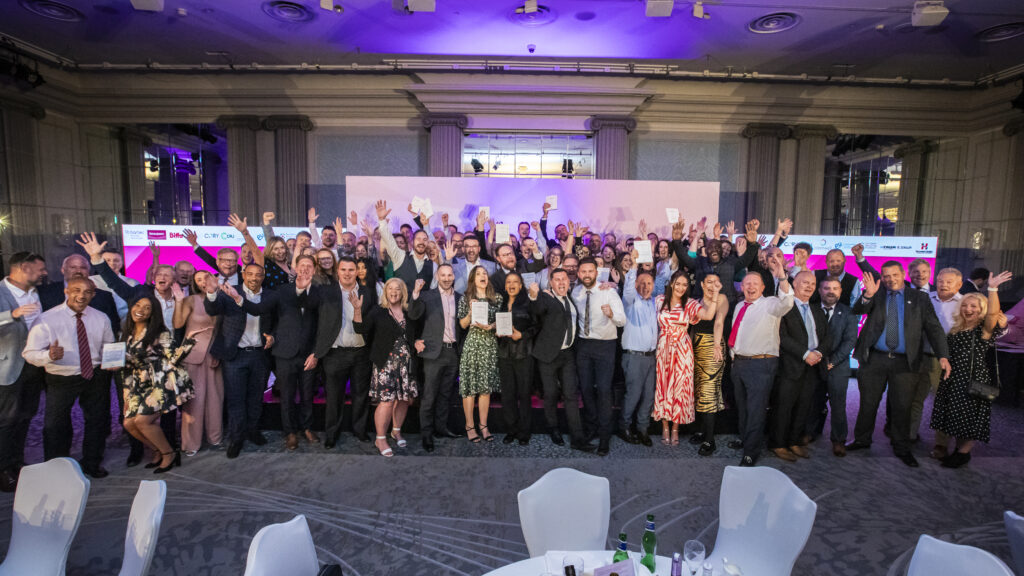Speaking at the House of Lords, Mr Meacher praised the lamp recycling scheme set up by the Lighting Industry Federation and the Environmental Services Association in January 2001. He said that the scheme, called SustainaLite, has an “extremely important role in helping to fulfil government objectives” and praised the scheme's unique partnership approach between waste managers and manufacturers, adding that partnerships were vital for the implementation of the WEEE directive.
Mr Meacher said: “If the next stage of the WEEE directive negotiations go as expected then the directive will come into force in 2004. The SustainaLite scheme is pro-active in meeting the requirements of WEEE. To comply with WEEE we need a whole new mind set for industry.”
Mr Meacher presented certificates to the first group of companies who have received accreditation under the SustainaLite scheme. To gain accreditation, companies must operate an ISO 9001 quality system incorporating the audit conditions drawn up by the British Standards Institution (BSI) for the collection and recycling of gas discharge lamps. An audit of each company is also undertaken to ensure that the practice of recycling conforms to industry recognised standards. Accredited companies meet the requirements of the proposed WEEE directive.
Insufficient markets
Under the scheme, recyclers disassemble the lamps and, for those lamps containing mercury, separate the mercury fraction to deliver the highest practicable level of recycling and reuse of recovered materials. But while it costs about 25p to recycle each light tube, excluding transportation costs, most of the “recyclable” materials are still landfilled because of insufficient markets.
Dr Viv Goddard, environmental and lighting consultant, said: “Glass accounts for 90% of the materials which make up fluorescent lights but finding reuse for glass is very difficult, most of it is currently landfilled.”
Wayne Laramee, of the Environmental Services Association (ESA), said that he was very pleased with the scheme and said that the first stage was to set up the recycling system and that work now needs to look at finding markets for materials.
Dr Goodard also raised the issue of the high percentage cost of recycling lights compared with other white goods. “One of the problems the light industry faces is that in terms of WEEE you can't internalise the cost of recycling lamps. Recycling costs the same as the factory gate priceand this is unique among the products covered by WEEE.”
Since the scheme was introduced, the number of fluorescent tubes recycled has risen from 2% to 5%. This should rise further as fluorescent lamps are now classified as hazardous waste under the revised special waste list which will come into effect later this year.
The companies who received accreditation were: Biffa, Cleanaway, Shanks, Dron and Dickson Group of Aberdeen, GFE Electrical Wholesale of Slough, Greencare of Gloucestershire, Indaver Relight NV of Belgium, Lampcare (UK) Recycling of Glasgow, Mercury Recycling of Manchester and Parkersell (Lighting & Electrical) Services of Winchester.











Subscribe for free